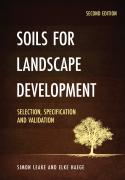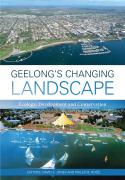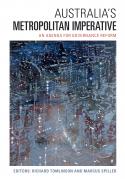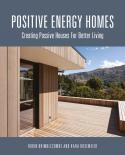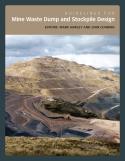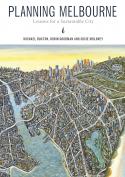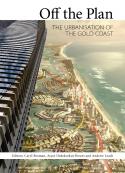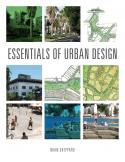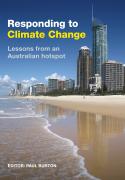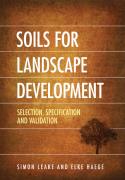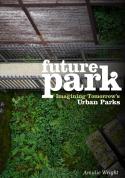Designing to Heal explores what happens to communities that have suffered disasters, either natural or man-made, and what planners and urban designers can do to give the affected communities the best possible chance of recovery. It examines the relationship that people have with their surroundings and the profound disruption to people's lives that can occur when that relationship is violently changed; when the familiar settings for their lives are destroyed and family, friends and neighbours are displaced, incapacitated or killed.
The book offers a model of the healing process, outlining the emotional journey that people go on as they struggle to rebuild their lives. It outlines the characteristics of the built environment that may facilitate people to travel as smoothly as possible down this road to recovery and suggests elements of the design process that can help achieve this goal. Designing to Heal highlights the importance of thinking about urban design as a way of nurturing hope and creating the optimal conditions to achieve social objectives.




